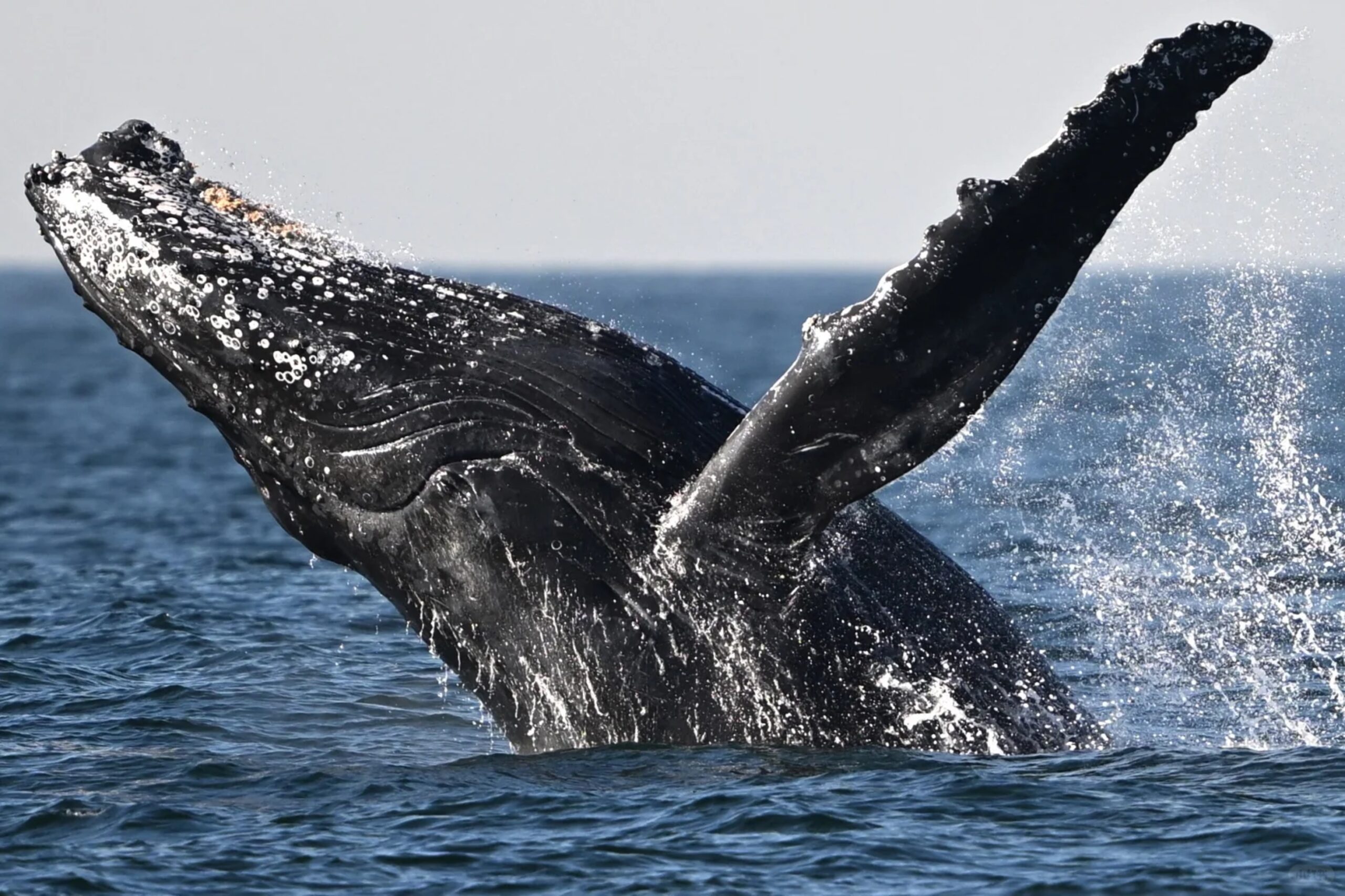Many of today’s mainstream trends started as niche subcultures, quietly shaping the worlds of fashion, music, and lifestyle. These movements, often formed by small communities with unique styles and values, have had a powerful influence on global culture. From rebellious punk fashion to the tech-driven look of modern streetwear, subcultures push boundaries and inspire creativity. As these once-exclusive ideas gain popularity, their influence becomes undeniable. This list explores 20 subcultures that have significantly impacted mainstream trends, highlighting how their unique visions left a lasting mark on the world.
Goth Subculture
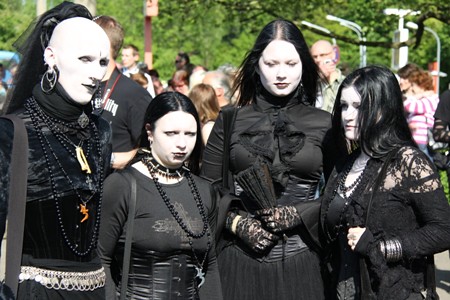
The goth subculture, born from the post-punk music scene of the late 1970s, has left a lasting imprint on fashion, music, and art. Characterized by dark, melancholic aesthetics, it introduced bold makeup, Victorian-inspired clothing, and themes of romanticism. Goth fashion has since permeated mainstream runways, with black lace, leather, and combat boots becoming staples. Bands like Bauhaus and Siouxsie and the Banshees set the tone musically, which eventually spilled over into pop culture. Today, many elements of goth style can be seen in street fashion and music videos. Its influence is far from fading.
Hip Hop Culture
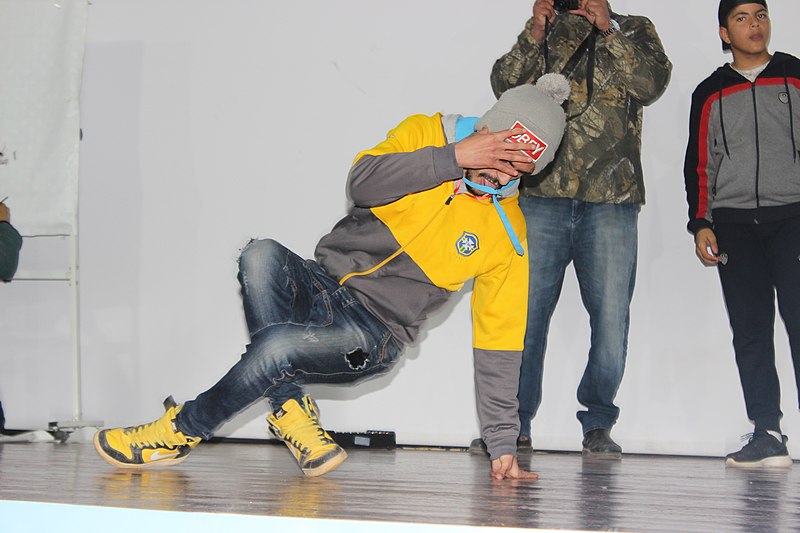
Emerging from the Bronx in the 1970s, hip hop was initially a grassroots movement combining breakdancing, graffiti, rap, and DJing. It started as an underground expression of inner-city life, but today, its influence extends worldwide. Hip hop fashion, with baggy clothes, gold chains, and sneakers, has shaped urban style and high-end fashion alike. The culture also pushed forward innovative music production techniques, inspiring genres far beyond rap. Brands like Adidas and Nike embraced its aesthetic, solidifying the look in mainstream culture. Hip hop’s reach is now ubiquitous, influencing not just fashion but language and attitudes.
Punk Subculture

With roots in the 1970s, the punk subculture rebelled against the establishment, making a bold statement through music, fashion, and attitude. Its DIY ethos inspired the rise of independent fashion and music scenes, leading to the birth of bands like The Ramones and The Sex Pistols. Punk style, with ripped clothing, safety pins, and leather jackets, disrupted traditional fashion norms. Over time, high-fashion designers appropriated punk elements, bringing studs and bold graphics to the runway. Despite this commercialization, the core values of individualism and rebellion remain. Punk’s influence continues to shape music and streetwear culture.
Steampunk
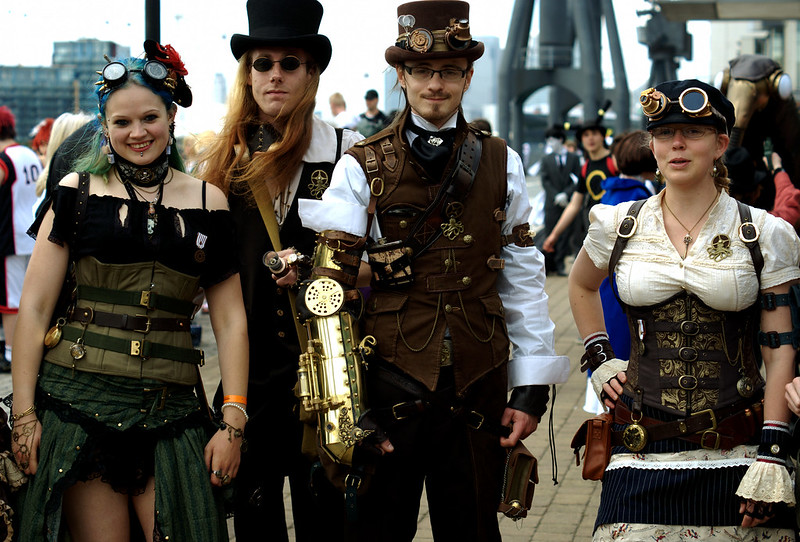
Steampunk, a subculture combining Victorian aesthetics with futuristic technology, emerged from the worlds of literature and science fiction. It’s known for its intricate, gear-laden fashion, combining antique styles with modern, mechanical twists. Corsets, top hats, and goggles are staple accessories within this genre. Beyond fashion, steampunk has influenced mainstream design in films, video games, and art, with its mix of the past and the imagined future. Designers have drawn on its retro-futuristic charm, incorporating brass accents and industrial elements into everyday items. The aesthetic appeals to those who love a mix of history and fantasy.
Skateboarding Culture
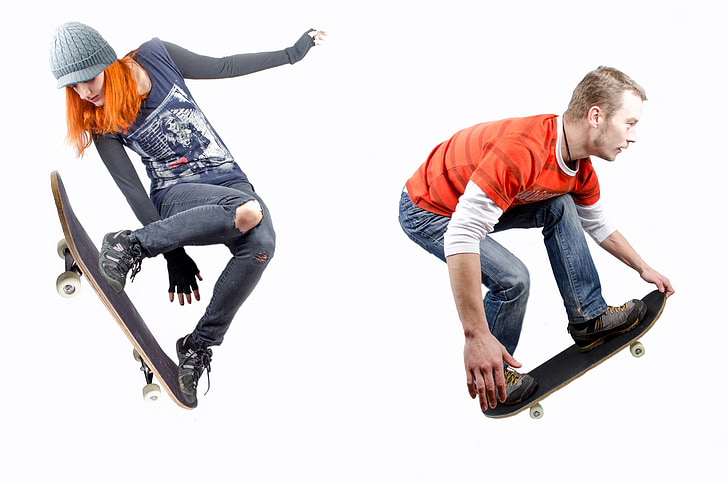
Skateboarding evolved from a niche sport in the 1950s to a global subculture with immense cultural sway. Skaters created their own style of clothing that prioritized functionality—loose-fitting jeans, graphic tees, and flat sneakers. Over the decades, skate brands like Vans and Supreme found their way into high fashion, thanks to their blend of utility and street style. The skating community also contributed to the rise of street art and graffiti culture, embedding itself in urban aesthetics. Skaters’ anti-establishment attitude resonated beyond the sport, shaping not just fashion but also music and art scenes. Today, skateboarding continues to influence global youth culture.
Grunge Movement
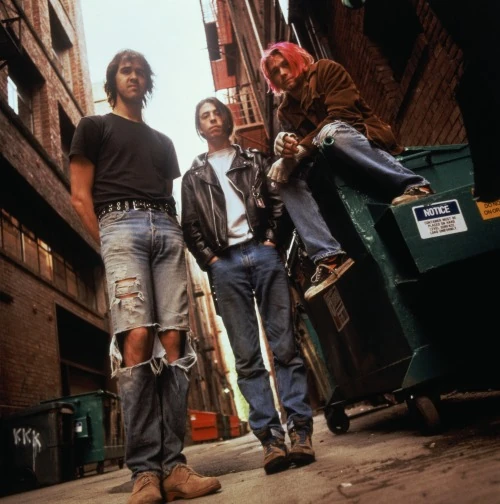
Grunge, originating from Seattle in the late 1980s, quickly became synonymous with a stripped-down, rebellious style that challenged traditional rock norms. The fashion that emerged from this movement—plaid shirts, ripped jeans, and oversized sweaters—became iconic during the 1990s. Bands like Nirvana and Soundgarden propelled the movement into the spotlight, giving grunge a global platform. Designers adopted this “anti-fashion” approach, making the casual, unkempt look a high-fashion statement. Beyond clothing, grunge’s impact on alternative music and attitude towards societal norms is still felt today. Its laid-back, defiant aesthetic endures in modern fashion and pop culture.
Mod Subculture
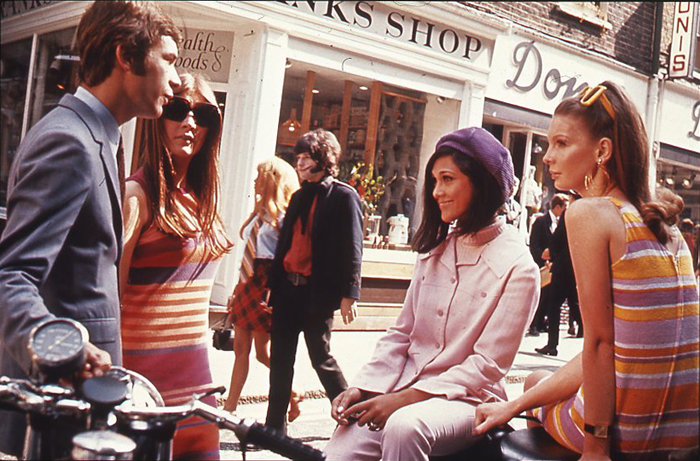
The Mod subculture, originating in 1960s Britain, embraced sharp fashion, scooters, and a love for modern jazz. Mods preferred sleek, tailored suits, slim ties, and polished shoes, influencing high-street fashion and later designer collections. Their obsession with Italian scooters and music trends like The Who and The Kinks also became defining features. The subculture’s influence on fashion was significant, popularizing clean lines and minimalist looks. Today, elements of Mod style have found their way back into mainstream fashion with vintage-inspired tailoring and an overall love for mid-century style. The Mod look remains a timeless trendsetter.
Cyberpunk
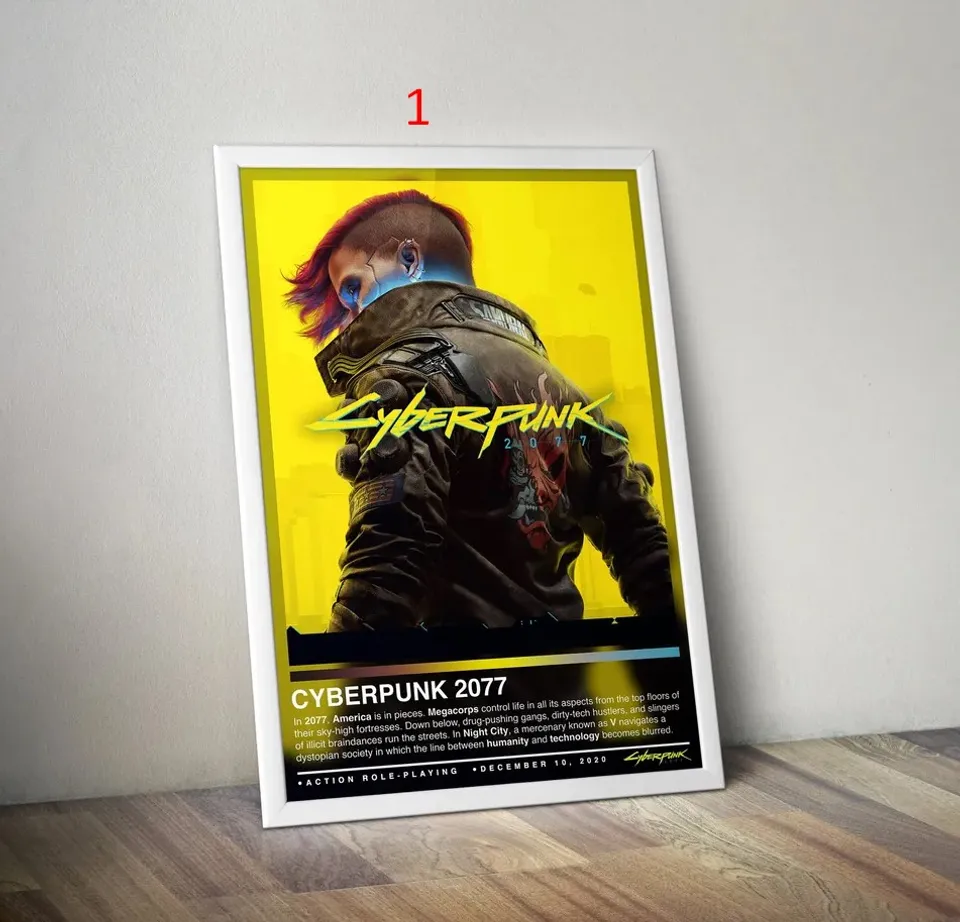
Cyberpunk, a genre rooted in dystopian science fiction, has bled into subcultures involving fashion, tech, and art. Its influence can be seen in futuristic, neon-colored clothing, high-tech accessories, and an overall edgy aesthetic. The movement emphasizes rebellion against oppressive systems, a theme that resonates with youth-driven street fashion today. Iconic films like Blade Runner and The Matrix solidified cyberpunk’s visual language, which in turn shaped mainstream gaming and tech-inspired apparel. Designers often borrow cyberpunk’s slick, metallic elements and combine them with streetwear. Its influence continues to grow as tech advances and we edge closer to cyberpunk realities.
Bohemian Subculture
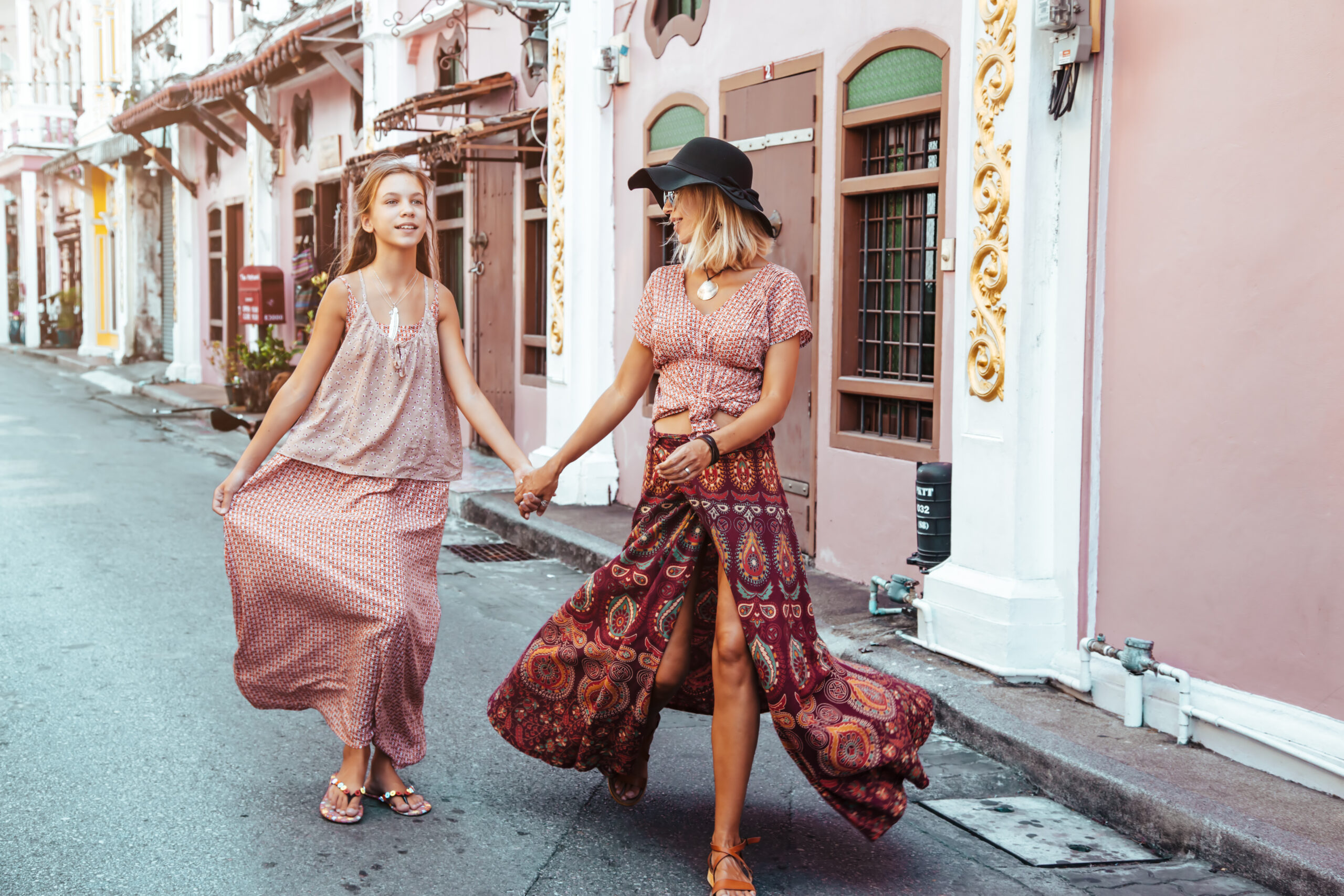
The Bohemian subculture dates back to the 19th century, with a focus on artistic expression, creativity, and freedom. Known for its eclectic mix of textures, prints, and flowing fabrics, Boho style has heavily influenced mainstream fashion, particularly during the 1960s and 1970s. Fringe, floral patterns, and oversized hats are just some elements that made their way into everyday wardrobes. Beyond fashion, the bohemian spirit promotes a carefree, nomadic lifestyle, which appeals to modern-day minimalists and free spirits. Its influence on festivals like Coachella showcases its ongoing cultural relevance. Boho style continues to evolve but always remains grounded in individuality.
LGBTQ+ Ballroom Scene
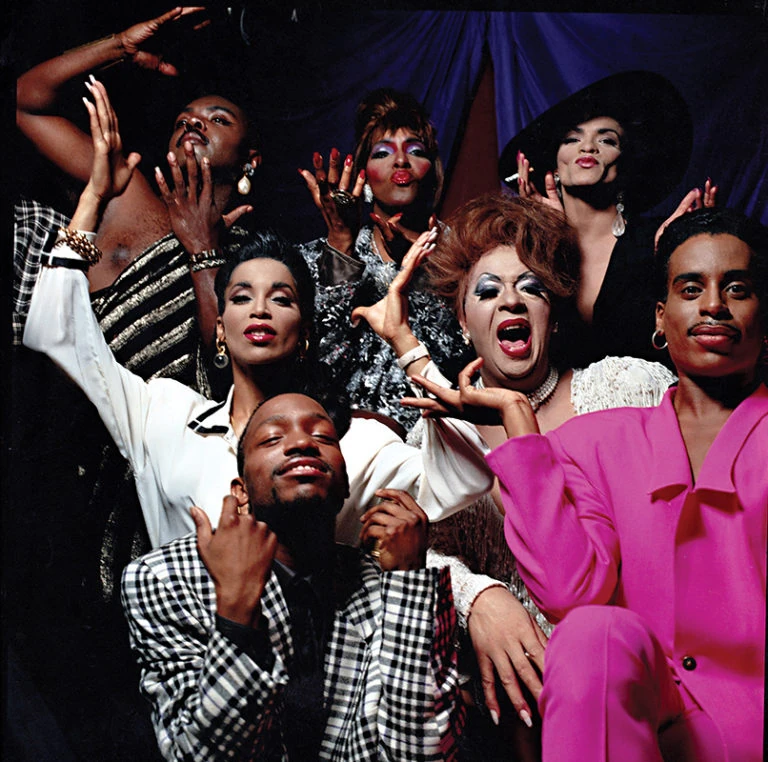
The LGBTQ+ ballroom scene, originating in the late 20th century in New York City, became a sanctuary for marginalized communities to express themselves. Known for its drag competitions and voguing, it was an underground world where performers showcased creative and flamboyant outfits. This subculture’s impact has since crossed over into mainstream pop culture, notably influencing artists like Madonna and Beyoncé. Fashion designers have also borrowed ballroom’s exaggerated silhouettes and gender-bending styles. Terms like “shade” and “fierce,” born in ballroom circles, are now widely used in everyday conversation. The ballroom scene’s legacy continues to shine in fashion and media today.
Rave Culture
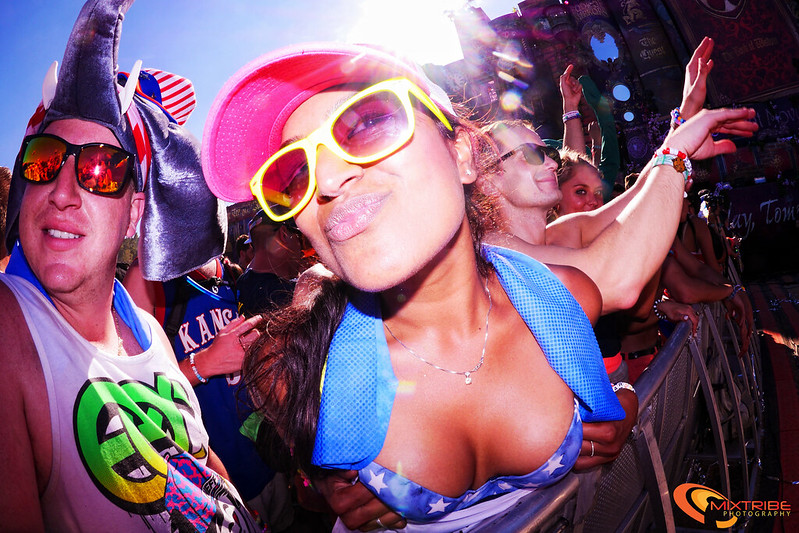
Rave culture, born in the 1980s, is rooted in electronic music, neon-colored fashion, and a focus on self-expression and freedom. The fashion of this subculture was unmistakable, with bold, fluorescent colors, baggy pants, and glow-in-the-dark accessories. As electronic dance music (EDM) grew in popularity, so too did the rave aesthetic, influencing everything from festival fashion to high-street brands. Raves emphasized unity and acceptance, values that resonated deeply with youth culture. Now, elements of rave fashion are integrated into streetwear, and the music still dominates the festival scene. The free-spirited vibe of rave culture remains alive in modern trends.
Rockabilly
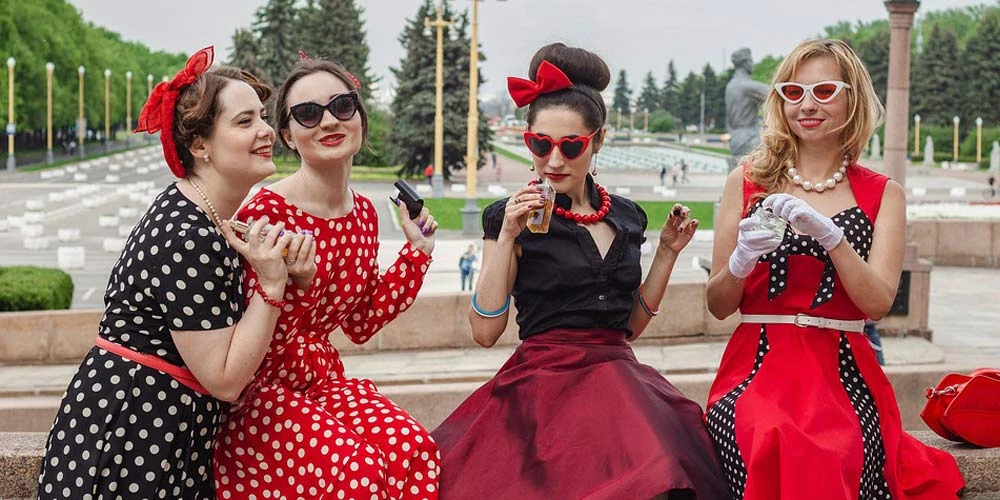
Rockabilly, blending rock ‘n’ roll music with 1950s Americana fashion, remains one of the most visually distinctive subcultures. The style is defined by polka dot dresses, leather jackets, high-waisted jeans, and slicked-back hair, a look that’s made its way into mainstream fashion time and again. Artists like Elvis Presley and Johnny Cash popularized the sound and the accompanying style. Today, rockabilly influence can be seen in retro-inspired collections from major fashion houses. The subculture’s blend of rebelliousness and nostalgia continues to appeal to those drawn to vintage fashion with a modern twist. It’s a style that never goes out of vogue.
Normcore
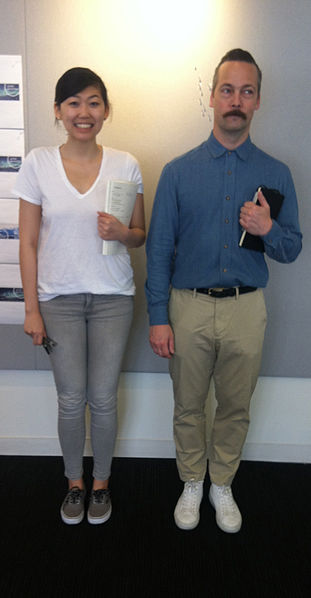
Normcore, a fashion movement that embraces the ordinary, focuses on blending in rather than standing out. It rejects the idea of fashion as a tool for individualism, instead favoring basic, functional clothing like jeans, plain t-shirts, and sneakers. Although it began as a satire of mainstream fashion, normcore ironically became a trend itself, with minimalist brands like Uniqlo and Everlane thriving as a result. Celebrities and fashion influencers quickly adopted the “anti-fashion” style, making plain the new chic. Normcore’s appeal lies in its simplicity, comfort, and rejection of the fast-paced fashion cycle. It continues to influence modern minimalism in mainstream culture.
Emo Subculture
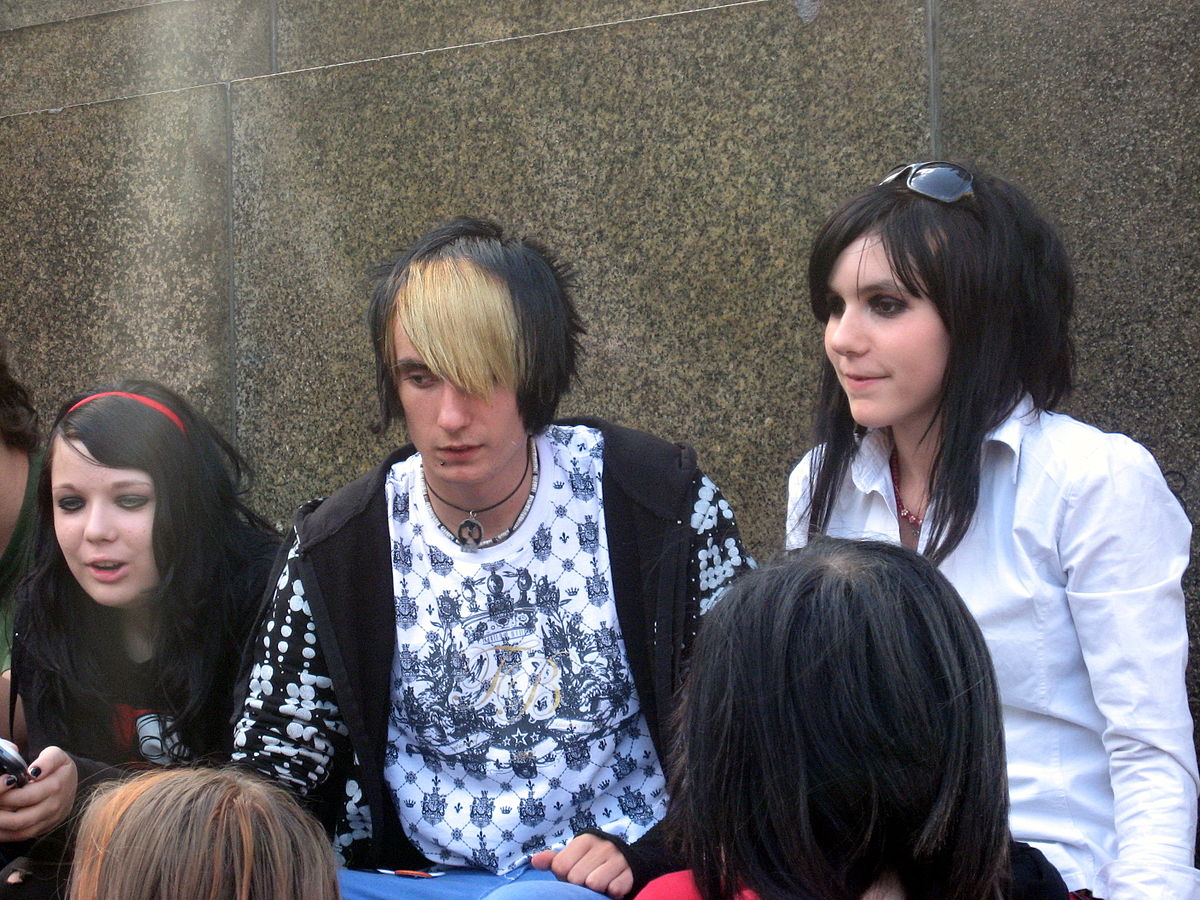
The emo subculture, with its roots in the 1980s hardcore punk scene, is characterized by emotional expression, angsty lyrics, and dramatic fashion choices. Black clothing, skinny jeans, and long side-swept bangs became iconic staples of the look, reflecting its introspective and rebellious nature. Emo music, from bands like My Chemical Romance to Fall Out Boy, helped launch the movement into the mainstream during the 2000s. Though often ridiculed at its peak, emo’s influence on fashion and music has endured. Emo-revival trends can be seen today, especially in online spaces and modern alternative bands. Its legacy persists in the fusion of emotional depth and style.
Anime Otaku Culture
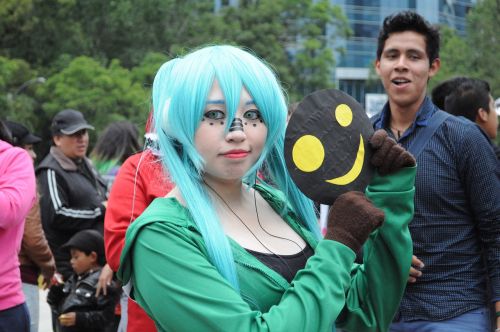
Otaku, a Japanese subculture centered around the love of anime and manga, has become a significant influence on global pop culture. Originally viewed as niche and socially awkward, anime fandom has since grown into a mainstream phenomenon, with cosplay, conventions, and collectibles becoming a multi-billion-dollar industry. Fashion trends inspired by anime—such as brightly colored hair, oversized glasses, and school uniforms—have crept into streetwear. Platforms like Netflix have also embraced anime, further legitimizing its place in pop culture. The aesthetic and storytelling of anime continue to inspire not only fans but also mainstream fashion and media.
K-Pop Fandom
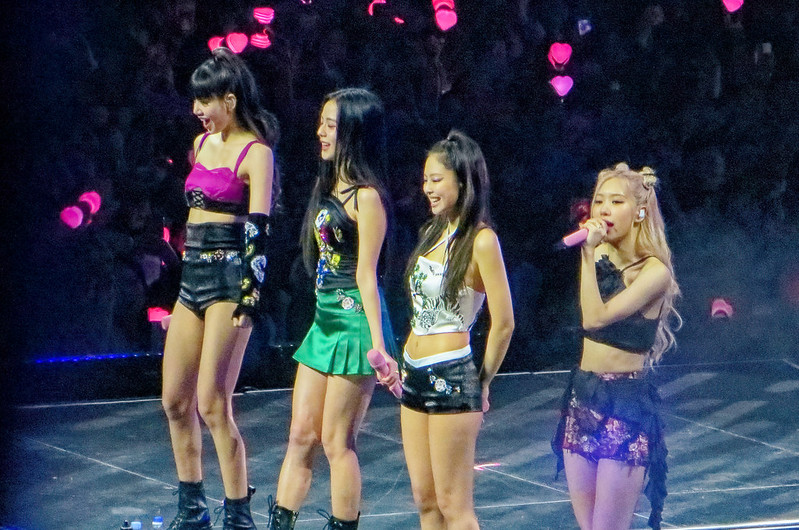
K-pop, short for Korean pop, has grown from a regional music genre into a global sensation, largely due to its vibrant fandom. K-pop fans are known for their intense loyalty, and the idols they follow have influenced not just music but fashion, makeup, and social media trends. The K-pop aesthetic includes bright colors, bold hairstyles, and gender-fluid clothing, which have caught the attention of global fashion designers. Bands like BTS and BLACKPINK have been central to this crossover into mainstream media. K-pop’s impact continues to shape youth culture, spreading its influence far beyond Korea. The blending of music, fashion, and fandom has left a lasting mark on the global stage.
Tiki Culture
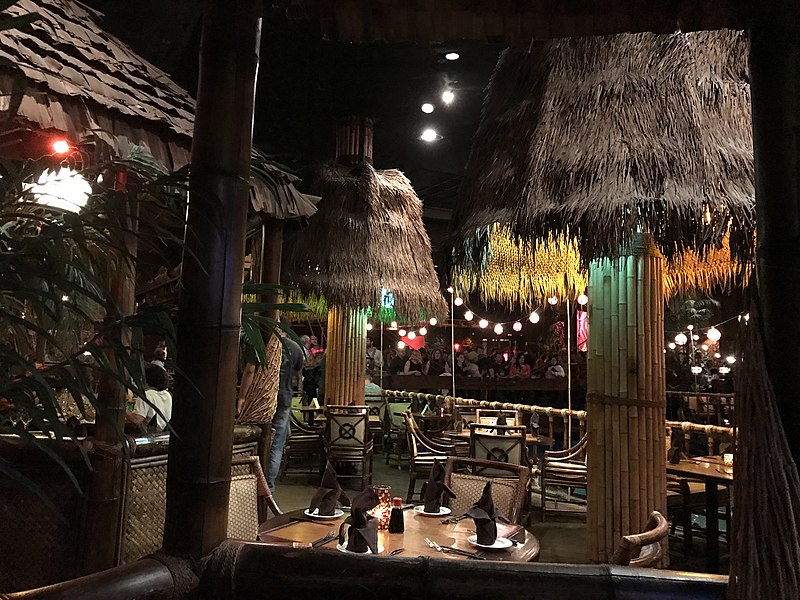
Tiki culture, originally inspired by Polynesian islands and fueled by post-WWII escapism, gained popularity in the 1940s and 1950s. With its bamboo furniture, exotic cocktails, and tropical aesthetics, the subculture evoked a sense of paradise far removed from everyday life. Today, tiki culture influences bar design, retro fashion, and even craft cocktails, with tiki-themed bars experiencing a resurgence. The kitschy yet alluring style has made its way into mainstream décor and themed parties. Its carefree, vacation-like appeal remains popular among those seeking a nostalgic escape from modern stresses. Tiki culture is an enduring part of Americana.
Lolita Fashion
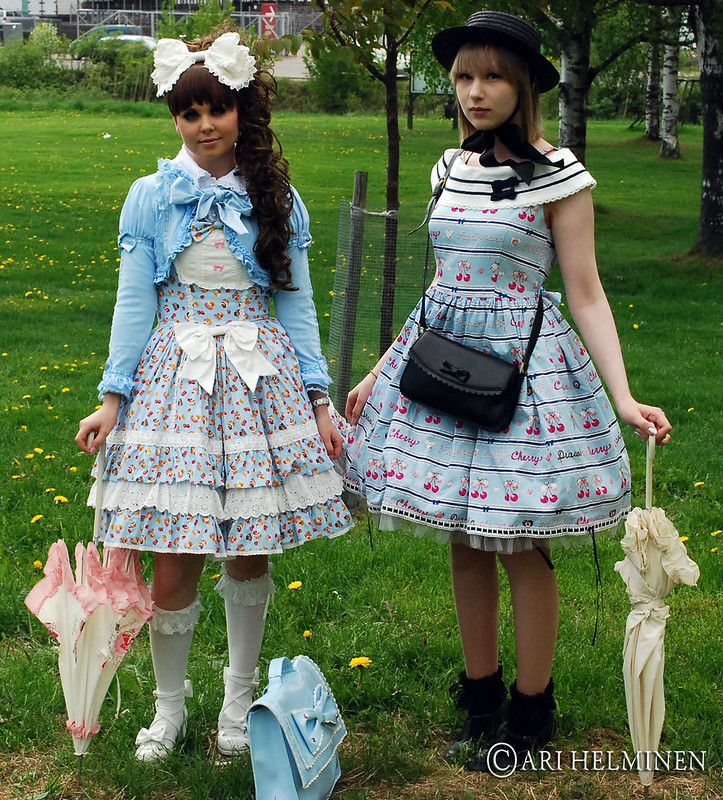
Lolita fashion, originating in Japan, is a subculture known for its Victorian-inspired clothing with a focus on modesty and femininity. The style includes lace, ribbons, and petticoats, with outfits that resemble dolls or princesses. Despite being niche, Lolita fashion has made its way into international fashion shows and streetwear. Its influence can be seen in the “kawaii” (cute) trends that have permeated global culture. Brands and designers have taken inspiration from the subculture’s intricate and playful designs, blending them into mainstream fashion. Lolita continues to fascinate those who appreciate an artistic and subversive take on traditional femininity.
Surf Culture

Surf culture, born in California and Hawaii, is all about laid-back vibes, ocean adventures, and a deep connection with nature. What started as a subculture centered around surfing has become synonymous with a relaxed, beachy aesthetic. The style—board shorts, flip-flops, and graphic tees—has heavily influenced casual, summer fashion. Brands like Quiksilver and Billabong took surf culture from the beach to high fashion, capitalizing on its carefree spirit. Beyond clothing, surf culture has shaped a love for eco-consciousness and outdoor lifestyles. Its ethos of freedom and connection with nature continues to influence modern fashion and attitudes.
Techwear Subculture
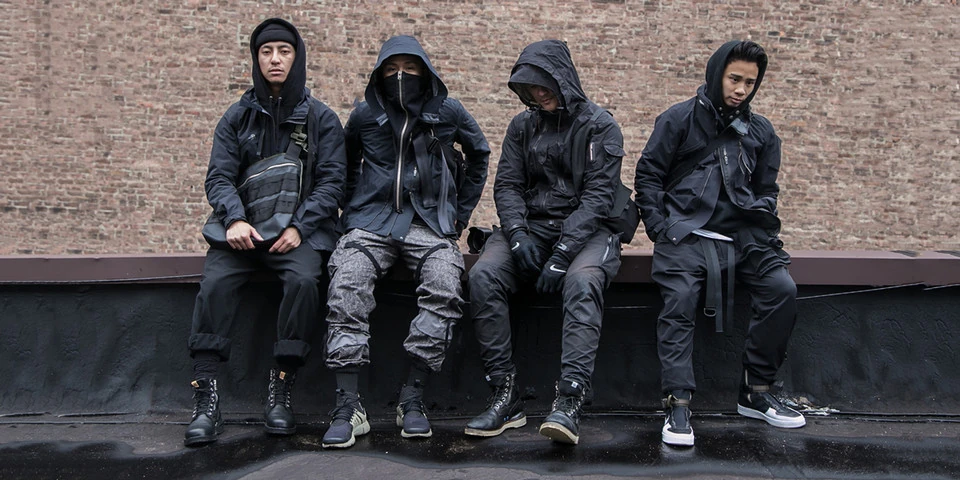
Techwear is a futuristic fashion subculture that blends performance clothing with sleek, urban aesthetics. Initially popularized by outdoor gear enthusiasts, techwear now focuses on functional fashion, incorporating waterproof fabrics, utility belts, and hidden pockets. Designers have embraced this utilitarian look, creating pieces that are both stylish and practical for urban living. Its influence is evident in major fashion houses that have begun to integrate technical fabrics and minimalist designs into their collections. The combination of technology and fashion appeals to those seeking both form and function. Techwear’s rise continues as cities become more fast-paced and tech-driven.
This article originally appeared on Rarest.org.
More From Rarest.Org
Urban landscapes often hide history in plain sight, blending ancient landmarks with modern settings. These historical gems, tucked away amidst busy streets and skyscrapers, offer a glimpse into the past in unexpected places. Read more.
The ocean is home to some of the most graceful creatures on Earth. Marine mammals glide effortlessly through its depths, showcasing their beauty and power. Read more.
If you’re looking to raise chickens that offer both unique qualities and practical benefits, rare breeds can be an excellent choice. These chickens are not only valued for their distinct appearances, but they also provide high-quality eggs and meat. Read more.


